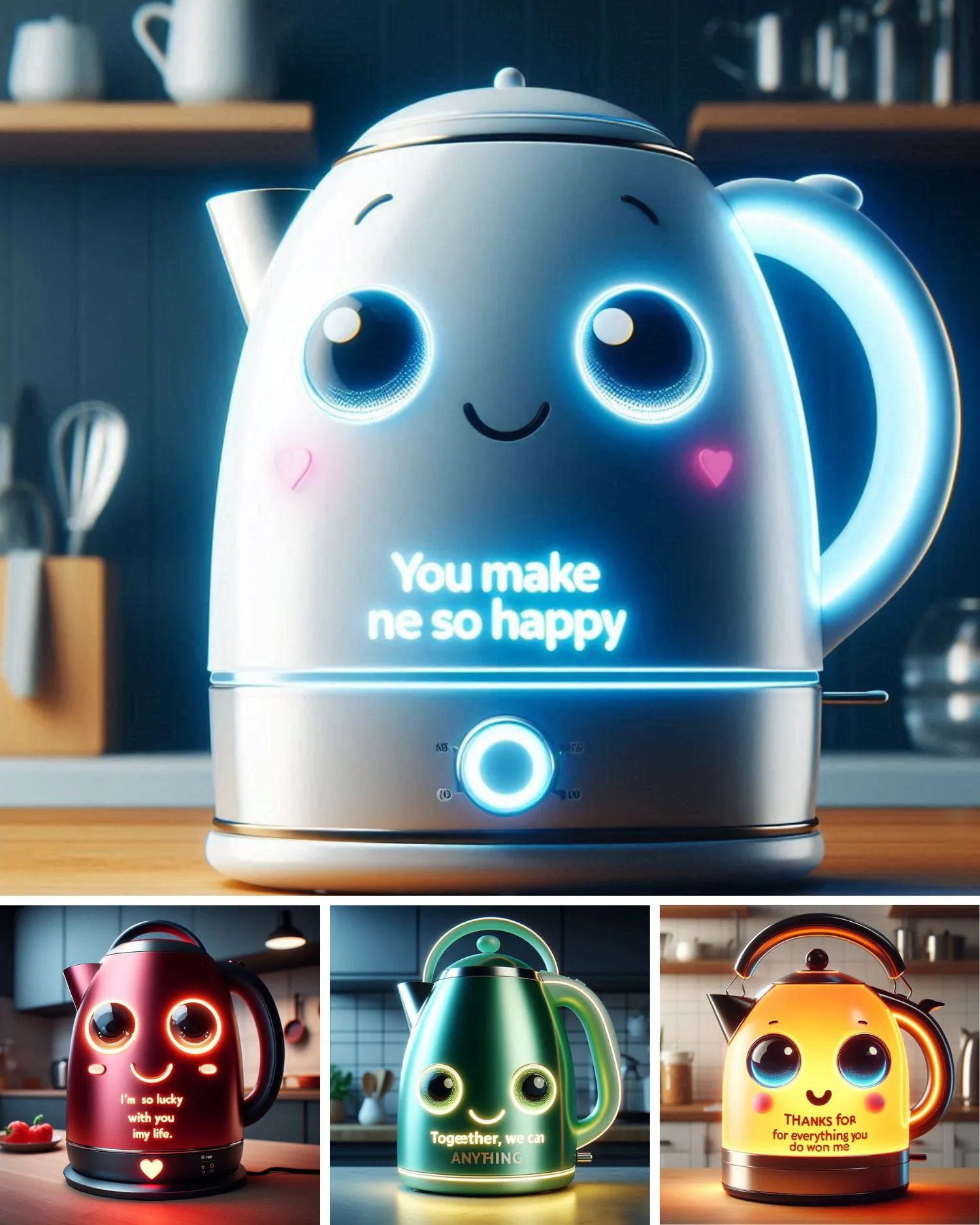In the realm of kitchen essentials, the slogan kettle stands out as a timeless classic. Dating back to the early 20th century, this iconic piece has been a staple in households worldwide. Its sleek design and functionality make it a must-have for both tea enthusiasts and interior decor aficionados alike. With its ability to boil water quickly and efficiently, the slogan kettle adds a touch of elegance to any kitchen setting. Whether you’re brewing your morning cup of tea or hosting a cozy gathering with friends, this kettle is sure to impress with its charm and practicality.
The Power of Slogans in Marketing
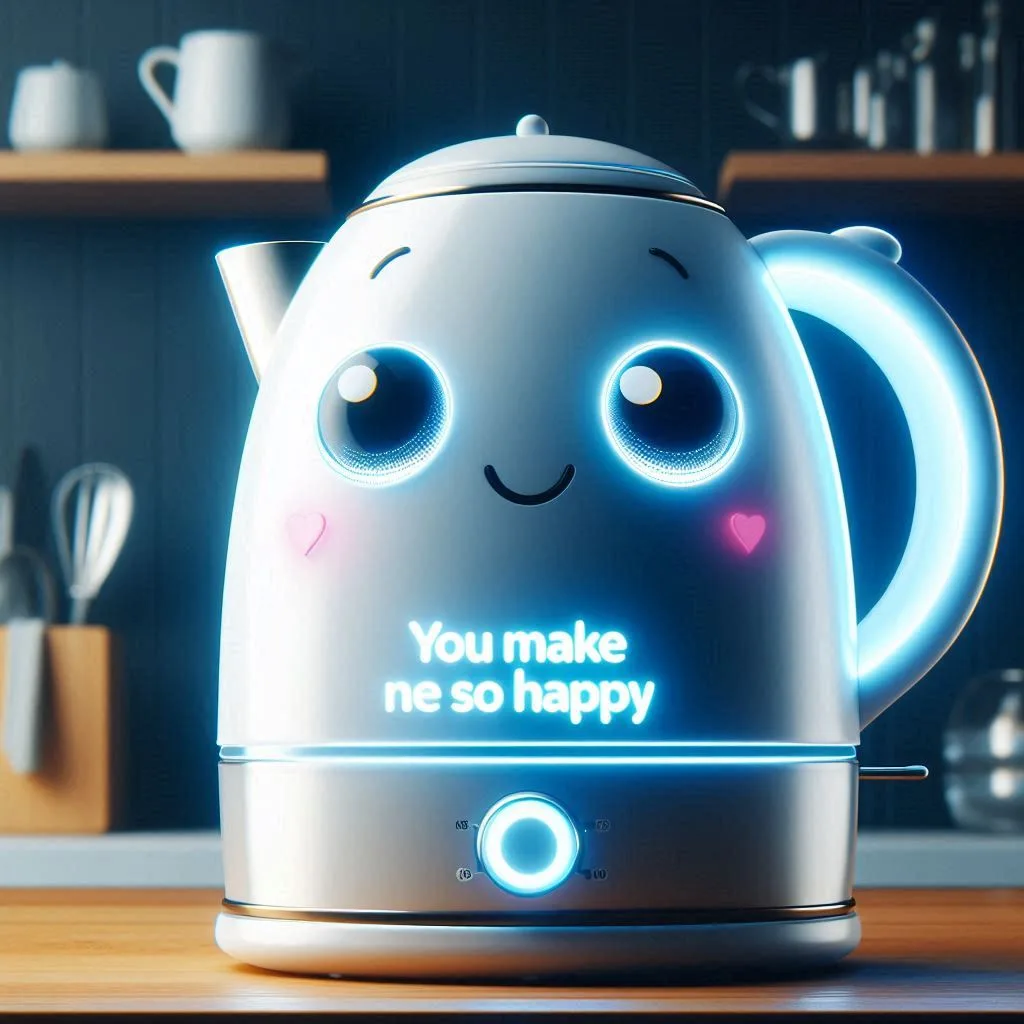
Slogans have played a crucial role in marketing campaigns throughout history. They serve as memorable phrases that encapsulate a brand’s essence and values, resonating with consumers on an emotional level. A well-crafted slogan can evoke strong emotions and create a lasting impression in the minds of customers.
The evolution of slogans in marketing can be observed through the iconic Red Kettle Campaign by The Salvation Army. Since its inception in 1891, this campaign has utilized powerful slogans to drive donations and support for those in need during the holiday season. “Doing the Most Good” is one such slogan that has become synonymous with The Salvation Army’s mission, reinforcing their commitment to serving communities.
Over the decades, slogans in the Red Kettle Campaign have evolved to reflect changing societal values and trends. From traditional phrases like “Give Hope Today” to more contemporary ones such as “Love Has an Army,” these slogans have adapted to resonate with modern audiences while staying true to the organization’s core principles. Each slogan captures the essence of The Salvation Army’s work, inspiring generosity and compassion among donors.
The impact of slogans on creating brand identity and awareness cannot be overstated. A compelling slogan not only differentiates a brand from its competitors but also helps establish a strong emotional connection with consumers. For example, Nike’s timeless slogan “Just Do It” has become synonymous with motivation and empowerment, solidifying the brand’s position as a leader in athletic apparel.
Slogans play a vital role in shaping consumer perceptions and influencing purchasing decisions. They serve as succinct representations of a brand’s values, ethos, and promises, helping consumers identify with what the brand stands for. Moreover, slogans act as powerful communication tools that convey complex messages in a simple, memorable way.
Crafting Catchy Kettle Slogans
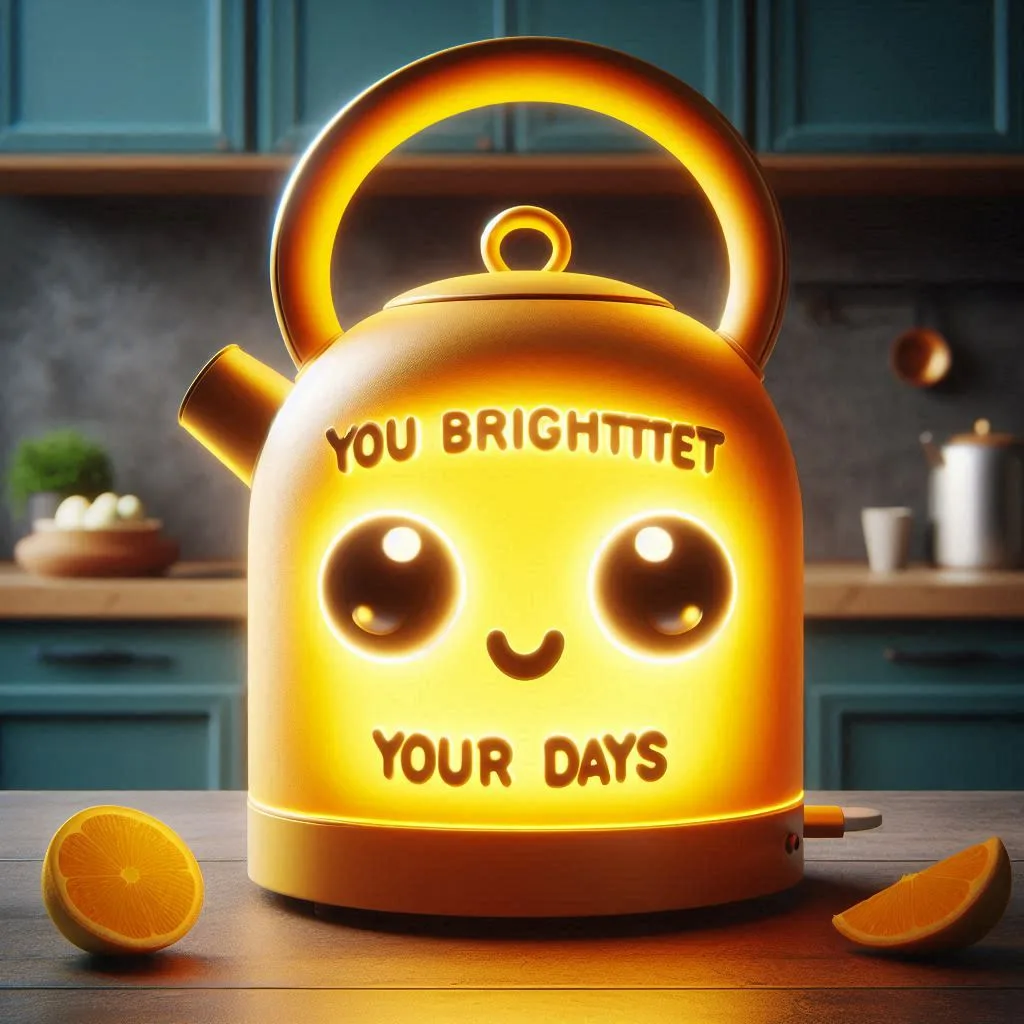
Crafting a kettle slogan that resonates with consumers requires strategic thinking and creativity. The key to a successful slogan lies in its simplicity and memorability. Short, impactful phrases that evoke emotions or create vivid imagery tend to be the most effective.
To create a memorable kettle slogan, focus on highlighting the unique features of the product. Emphasize qualities like durability, efficiency, or design aesthetics to capture the attention of potential customers. A good slogan should convey the essence of the kettle in just a few words.
When developing a slogan, consider the target audience and their preferences. Tailoring the message to appeal to specific demographics can significantly enhance its effectiveness. Whether it’s emphasizing convenience for busy professionals or promoting eco-friendliness for environmentally conscious consumers, aligning the slogan with audience values is crucial.
Successful kettle slogans often tap into emotions and aspirations. By evoking feelings of comfort, nostalgia, or joy associated with tea or coffee rituals, a slogan can establish a strong emotional connection with consumers. Incorporating humor or clever wordplay can make the slogan more engaging and memorable.
Importance of Aligning Slogans with Campaign Goals
Aligning kettle slogans with campaign goals is essential for ensuring consistency and coherence in messaging. A well-crafted slogan should seamlessly integrate with the overall marketing strategy, reinforcing brand identity and positioning in the market. Consistency across different marketing channels helps build brand recognition and loyalty among consumers.
By aligning slogans with campaign goals, companies can effectively communicate their unique selling propositions (USPs) and differentiate themselves from competitors. Whether it’s highlighting innovative technology, sustainable practices, or exceptional customer service, the slogan should encapsulate what sets the brand apart in the crowded kettle market.
Examples of Successful Kettle Slogans
- “Steaming Up Your Mornings Since 1950” – This nostalgic slogan from a vintage kettle brand captures the essence of tradition and reliability.
- “Brewing Innovation for Modern Homes” – A contemporary kettle brand uses this slogan to emphasize its cutting-edge features and design.
- “Tea Time Delights Await” – An elegant and inviting slogan that appeals to tea enthusiasts looking for a moment of relaxation.
Engaging Customers with Creative Phrases
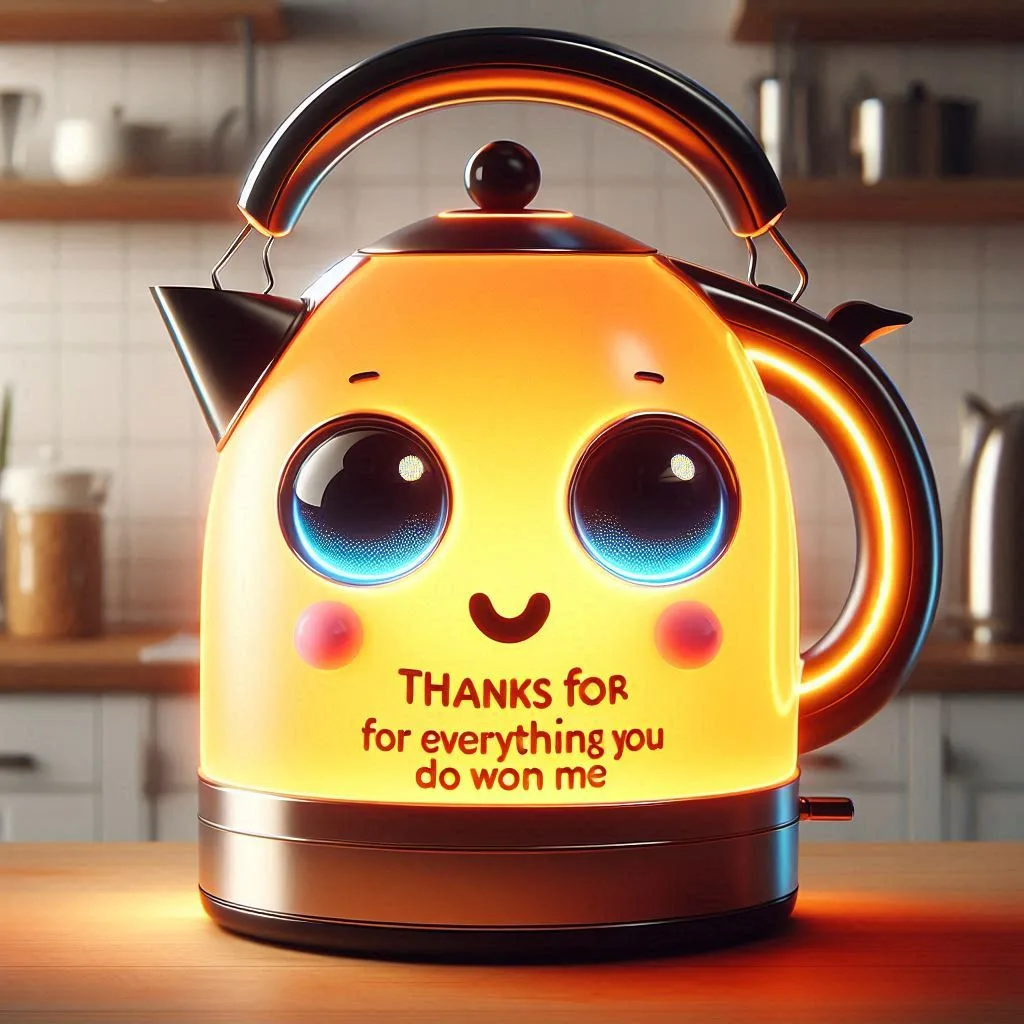
Creative phrases play a crucial role in capturing customers’ attention and sparking engagement. By using unique and memorable slogans, businesses can differentiate themselves from competitors. These catchy phrases act as memorable hooks that draw customers in and leave a lasting impression.
Emotional appeal is a powerful tool when it comes to customer engagement through slogans. By tapping into customers’ emotions, brands can forge strong connections and build loyalty. Emotional slogans have the ability to evoke feelings of nostalgia, happiness, or even excitement, resonating deeply with the audience.
To create customer-centric slogans that truly resonate with the target audience, businesses should focus on understanding their customers. Conducting market research, gathering feedback, and analyzing consumer preferences are essential steps in crafting effective slogans. By tailoring messages to address specific needs and desires, businesses can establish a meaningful connection with their customers.
Strategies for Crafting Compelling Slogans
- Understand Your Audience: Start by identifying your target demographic and understanding their preferences, values, and pain points. This knowledge will guide you in creating slogans that speak directly to your audience’s needs.
- Keep It Simple and Memorable: Ensure that your slogans are concise, easy to remember, and communicate your brand message clearly. Avoid complex language or vague statements that may confuse or alienate potential customers.
- Inject Emotion: Infuse your slogans with emotion to create a strong impact on your audience. Whether it’s humor, nostalgia, or inspiration, emotional resonance can make your slogans more memorable and relatable.
- Highlight Unique Selling Points: Use your slogans to highlight what sets your brand apart from the competition. Focus on showcasing your unique selling points in a way that captures attention and piques curiosity.
- Test and Iterate: Don’t be afraid to test different slogans with focus groups or through A/B testing. Analyze the feedback received and iterate on your slogans until you find the perfect fit for your brand and audience.
Crafting compelling slogans requires creativity, empathy, and a deep understanding of your target audience. By leveraging the power of creative phrases and emotional appeal, businesses can effectively engage customers and drive loyalty towards their brand.
Tips for Effective Slogan Integration
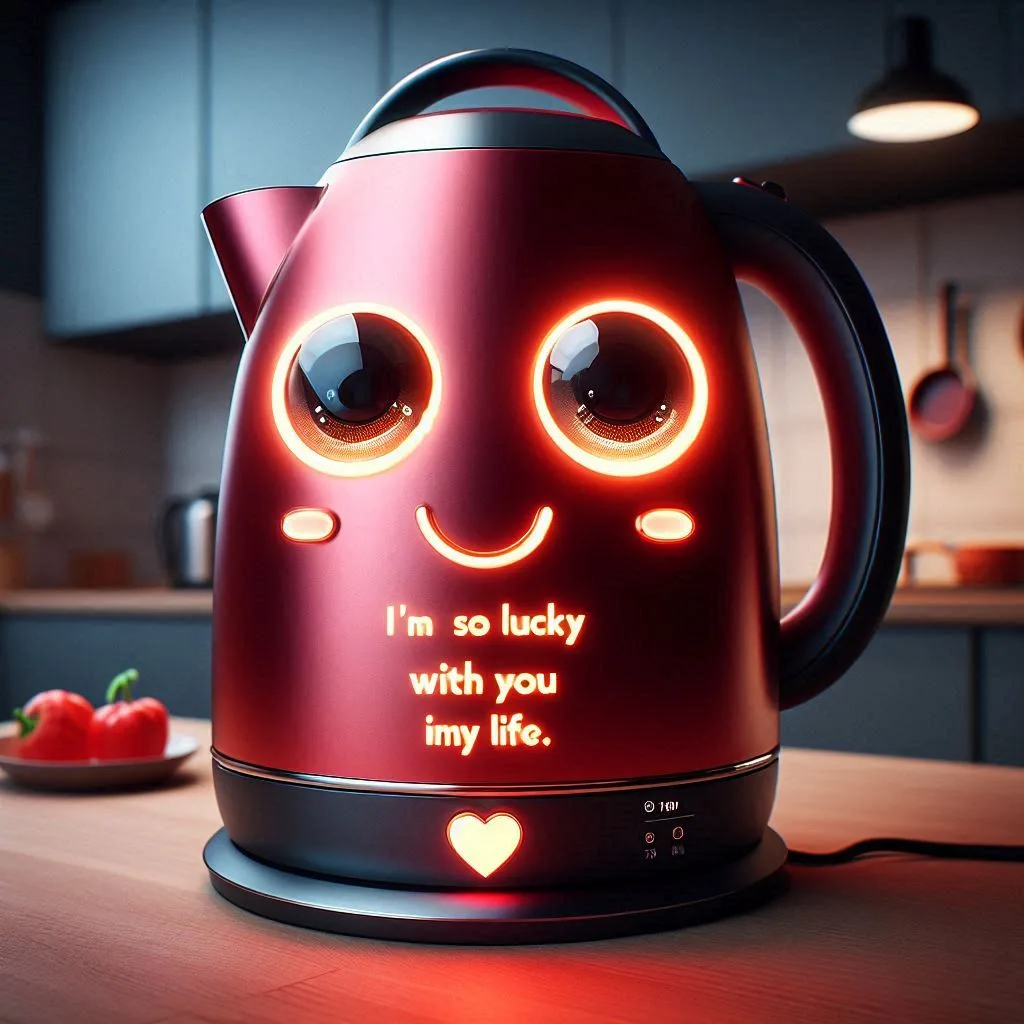
Consistency is Key: Ensure that your slogan remains consistent across all marketing materials to build brand recognition. Consistent messaging helps customers associate the slogan with your brand easily.
Adapt to Different Channels: Tailor your slogan to suit various marketing channels. For social media, keep it short and catchy, while for print ads, you can elaborate a bit more.
Incorporate in Visuals: Integrate your slogan into visuals such as logos or images to make it more memorable. Visual elements help reinforce the message behind the slogan.
When adapting a slogan for different platforms, consider the tone and style suitable for each medium. For instance, a playful slogan might work well on social media but may need adjustment for a formal email campaign.
Utilize customer feedback to refine and enhance your slogan. Feedback provides valuable insights into how your audience perceives the message and whether it resonates with them.
Slogan Impact on Kettle Appeal
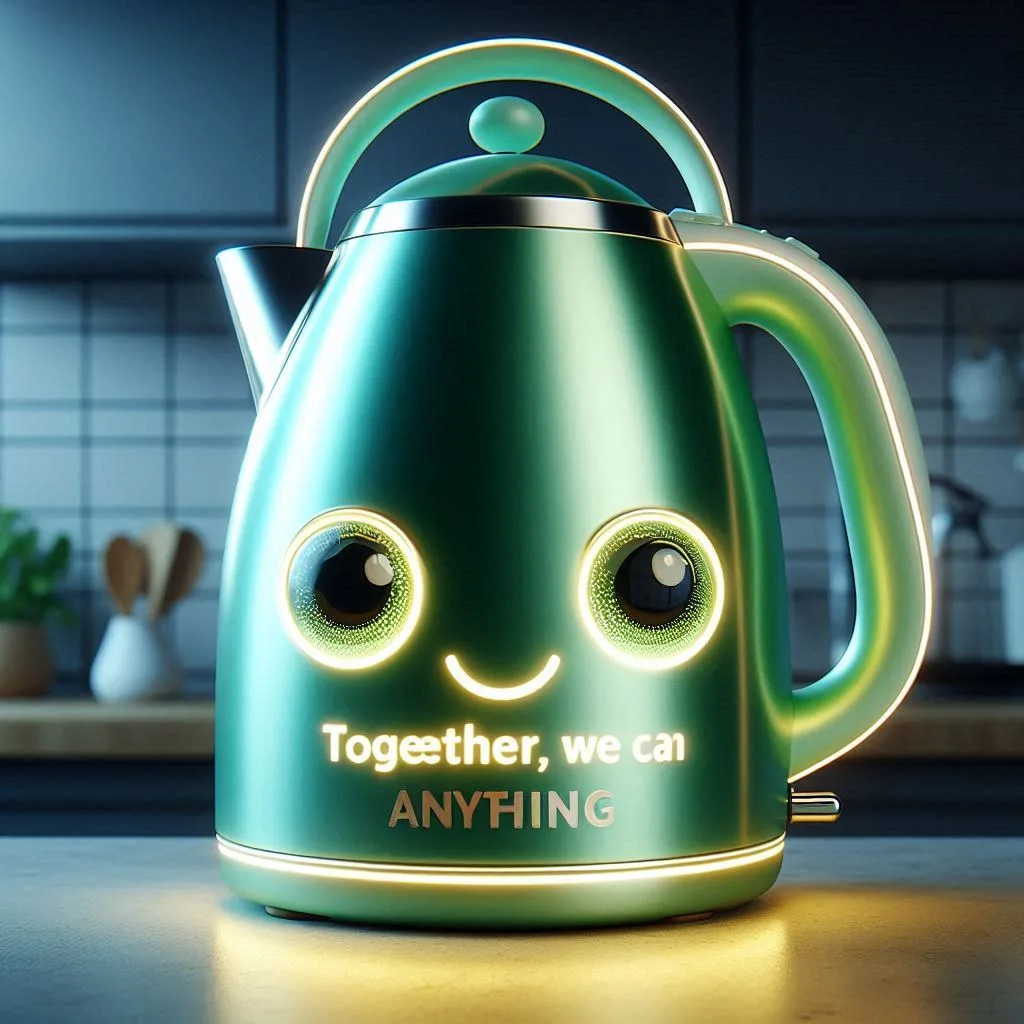
Slogans play a crucial role in enhancing the appeal of the Red Kettle Campaign. A catchy slogan can resonate with potential donors, encouraging them to contribute. By incorporating slogans that are memorable and impactful, the campaign can effectively communicate its message and values to the audience.
Effective slogans have the power to evoke emotions and create a sense of urgency among individuals, motivating them to support the cause. For example, a simple yet powerful slogan like “Spread Joy, Share Hope” can instill a feeling of compassion and inspire people to make a difference by donating to the campaign.
In recent years, several case studies have highlighted the positive impact of well-crafted slogans on kettle appeal. For instance, during the holiday season, a campaign with the slogan “Warm Hearts, Full Bowls” witnessed a significant increase in donations. This demonstrates how a compelling slogan can capture attention and drive engagement towards a charitable cause.
Boosting Sales Through Catchy Taglines
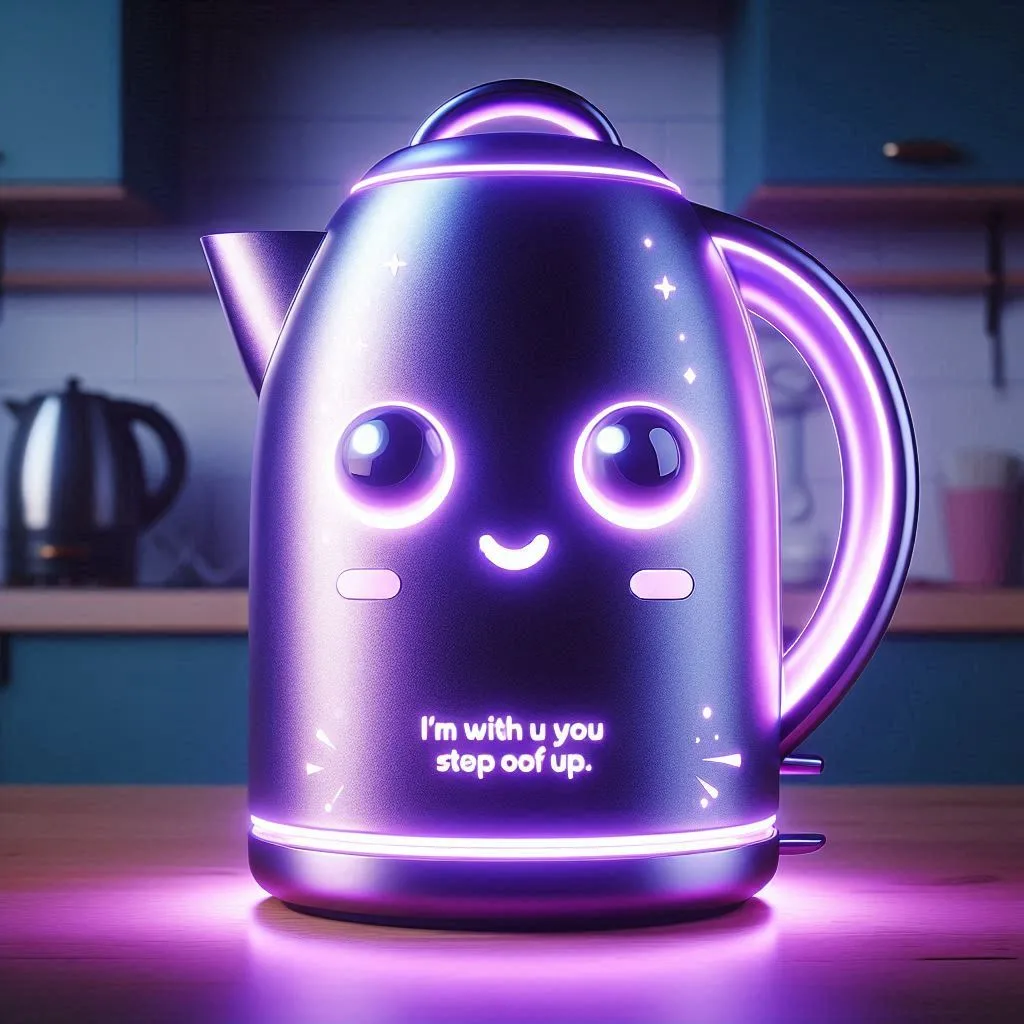
Catchy taglines play a crucial role in driving sales and donations during marketing campaigns. They have the power to captivate audiences, leaving a lasting impression that can lead to increased consumer engagement.
Crafting a compelling tagline requires creativity and an understanding of the target audience. A well-thought-out tagline can convey the essence of a product or cause in just a few words, making it memorable and impactful. When customers resonate with a tagline, they are more likely to connect with the brand or cause on an emotional level, leading to higher sales and donations.
Successful examples of catchy taglines that have significantly boosted sales include:
- “Just Do It” by Nike: This simple yet powerful tagline has become synonymous with the brand’s ethos of empowerment and perseverance.
- “Think Different” by Apple: This tagline revolutionized marketing by emphasizing innovation and creativity, resonating with consumers on a deeper level.
- “Have a Break, Have a KitKat” by KitKat: This playful and memorable tagline has helped position KitKat as a go-to snack for quick breaks.
Consumers are bombarded with countless advertisements daily, making it essential for brands to stand out. A catchy tagline acts as a hook, drawing consumers in and piquing their interest in what the brand has to offer. It serves as a memorable identifier that sets the brand apart from its competitors.
A strong correlation exists between compelling taglines and increased consumer engagement. When consumers relate to a tagline on a personal level, they are more likely to develop an emotional connection with the brand. This emotional bond fosters loyalty and encourages repeat purchases or donations.
Crafting an effective tagline involves understanding the target audience’s preferences, values, and pain points. By addressing these aspects in a concise yet impactful manner, brands can create taglines that resonate with consumers on an emotional level. This emotional resonance leads to increased brand awareness, customer loyalty, and ultimately, higher sales or donations.
Connecting with Audiences via Slogans
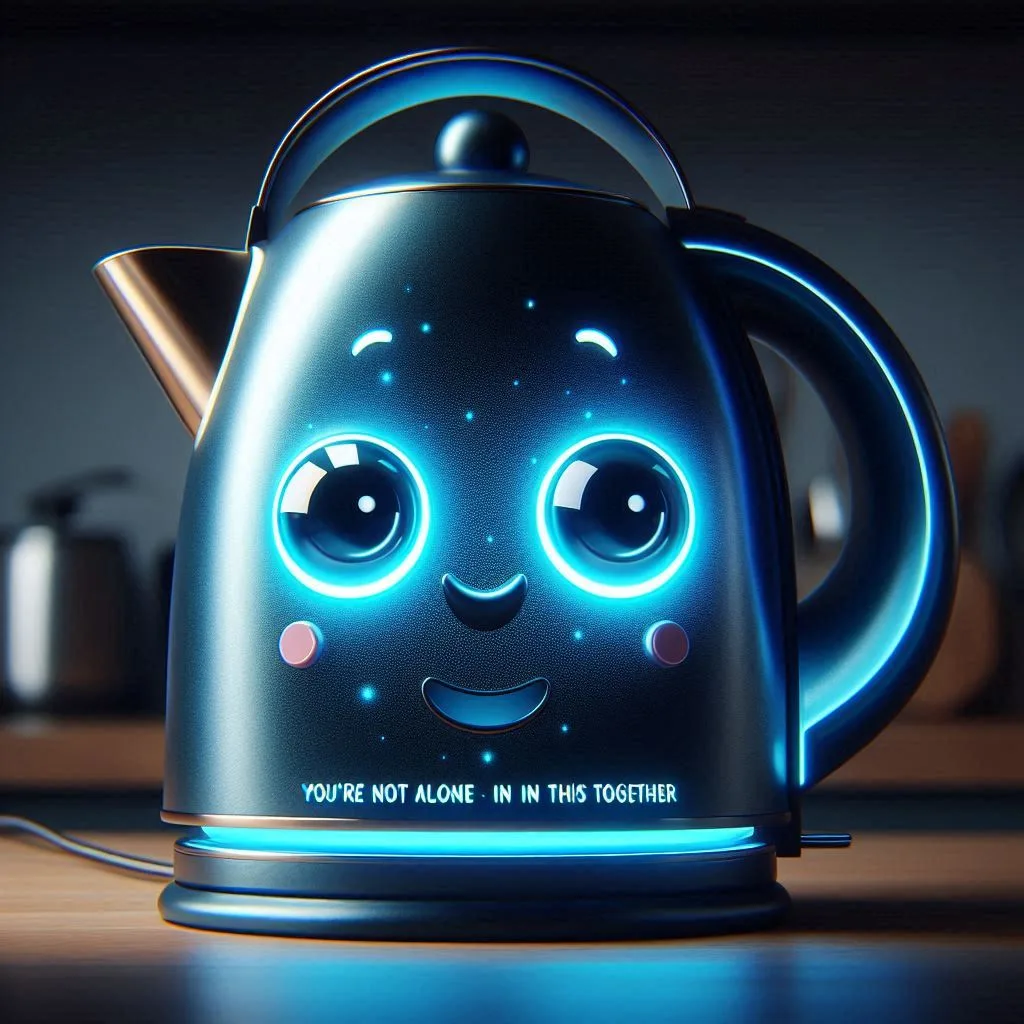
Crafting slogans that resonate emotionally with audiences is crucial for businesses to establish a strong connection. These concise phrases have the power to evoke feelings, memories, and associations within individuals. When companies create prints of their slogans on various products or marketing materials, they aim to trigger specific emotions in their target customers.
By tapping into the emotional side of consumers, brands can foster a sense of loyalty and trust. A well-crafted slogan can evoke nostalgia, humor, or inspiration, creating a lasting impact on the audience’s psyche. For instance, slogans like “Just Do It” by Nike or “Think Different” by Apple have become iconic representations of their respective brands’ ethos.
Moreover, slogans have the potential to unite people under a common cause or belief. When a company’s cm-wide slogan adorns merchandise worn by supporters, it not only serves as a marketing tool but also fosters a sense of belonging and community among individuals who share similar values. This shared purpose can strengthen brand identity and create a loyal customer base.
To effectively connect with diverse audience segments, businesses must tailor their slogans to reflect the values and aspirations of different groups. By understanding the unique preferences and perspectives of various demographics, companies can create slogans that resonate with specific audiences. For example, a slogan targeting environmentally conscious consumers may focus on sustainability and eco-friendly practices.
In summary, crafting compelling slogans is an art that goes beyond mere words – it involves understanding the emotional triggers that drive consumer behavior. By leveraging the power of prints and cm-wide messaging, brands can forge deep connections with their audiences and cultivate long-lasting relationships based on shared values and experiences.
Maintaining Marketing Momentum
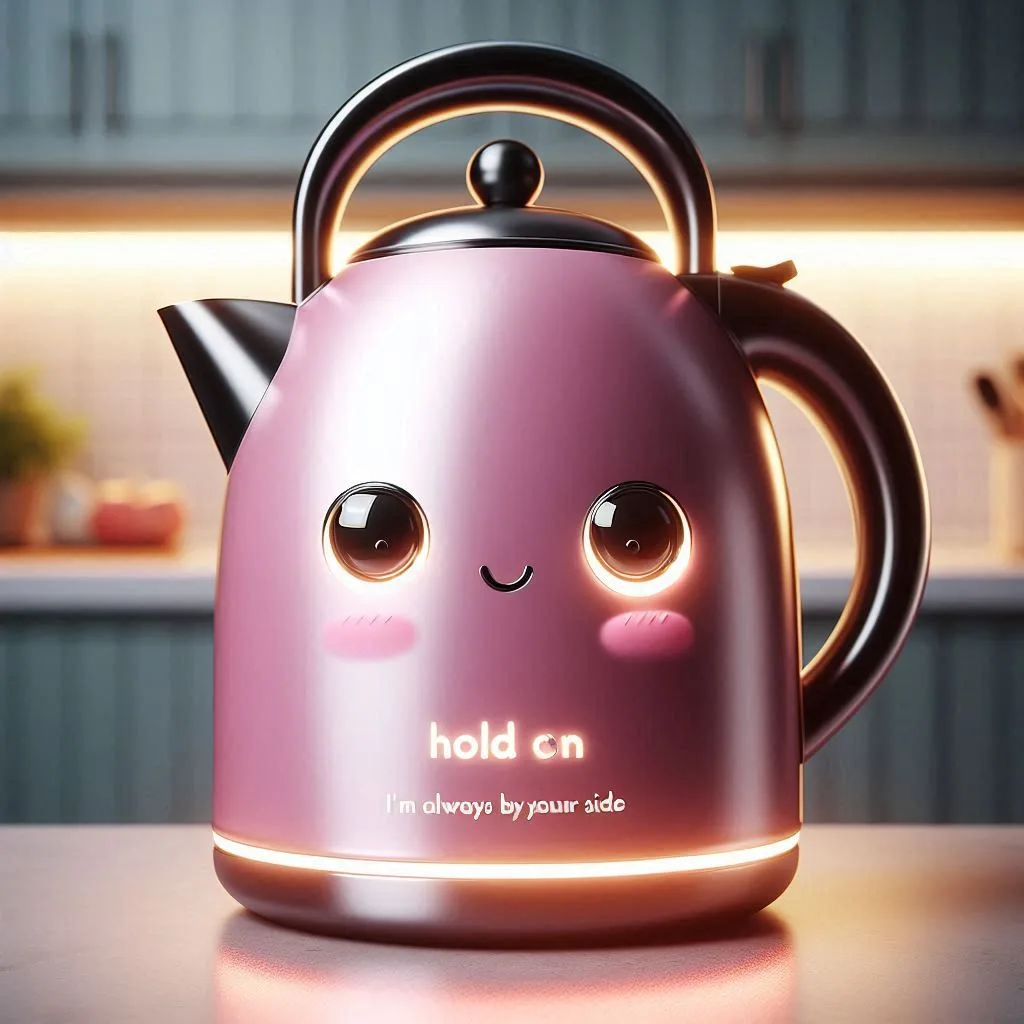
To sustain marketing momentum post-campaign, companies should focus on consistent brand messaging. By aligning slogans with core values, brands can maintain customer engagement and loyalty. Regularly refreshing slogans helps in staying relevant in the ever-evolving market landscape.
Consistency is key in maintaining marketing momentum. Brands must ensure that their slogans reflect their unique selling proposition and resonate with their target audience. Engaging content that communicates brand identity effectively can help in retaining customer interest over time.
One strategy for sustaining marketing momentum is to leverage past successful slogans while introducing new ones. By incorporating elements of previous campaigns into new slogans, brands can tap into existing brand recognition and emotional connections with consumers. This approach bridges the gap between familiarity and innovation, ensuring a smooth transition between old and new messaging.
Another effective tactic is to conduct thorough market research to understand evolving consumer preferences and trends. By staying attuned to the changing needs of their target audience, brands can tailor their slogans to remain impactful and relevant. This proactive approach enables companies to adapt quickly to market shifts and maintain a competitive edge.
Incorporating storytelling elements into slogan development can also enhance brand engagement. Crafting narratives that resonate with consumers on an emotional level creates lasting impressions and fosters deeper connections with the brand. By weaving compelling stories into slogans, companies can capture attention and drive brand loyalty.
Moreover, collaborating with influencers or brand ambassadors can amplify the reach of slogans and boost engagement levels. Leveraging the influence of personalities who align with the brand’s values can help in reaching a wider audience and increasing brand visibility. Partnering with influencers adds authenticity to marketing efforts and enhances credibility among consumers.
Closing Thoughts
You’ve now uncovered the secrets behind crafting compelling slogans for your kettle business. By understanding the power of creative phrases, you can engage your customers effectively and boost sales through catchy taglines. Remember, maintaining marketing momentum is key to staying ahead in the competitive market landscape. Keep connecting with your audiences through impactful slogans to enhance your brand’s appeal and drive success.
Incorporate these tips into your marketing strategy, and watch as your kettle business flourishes with increased customer engagement and brand recognition. Take action today to implement these strategies and witness the positive impact they can have on your business growth and profitability.

